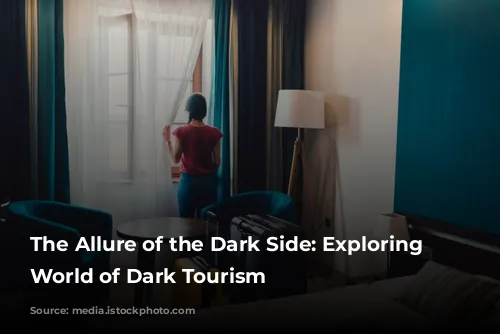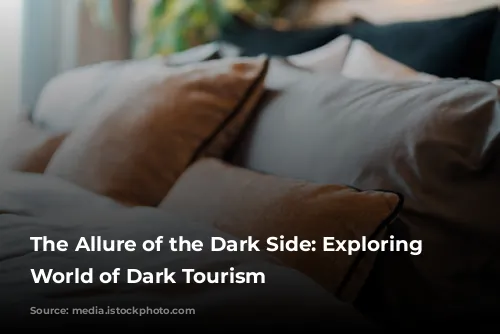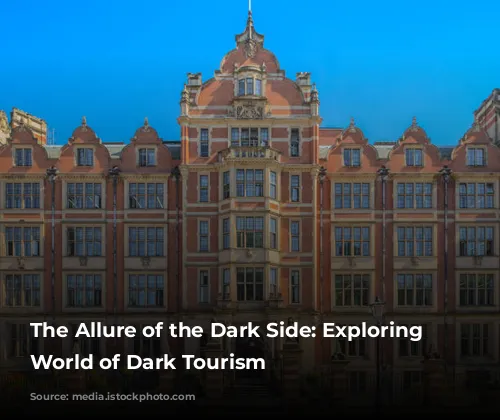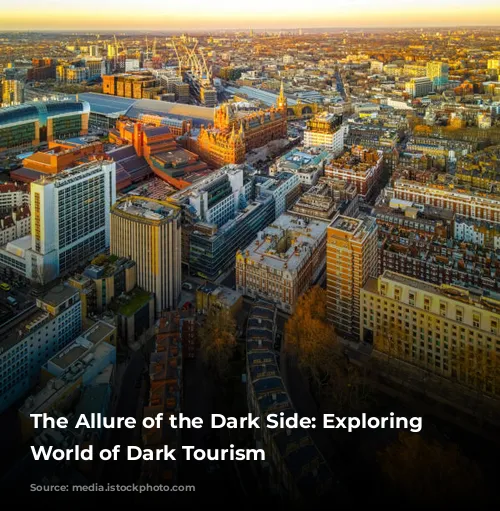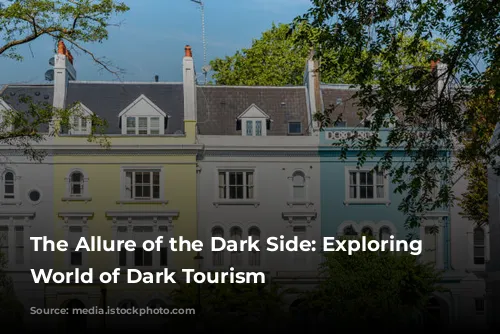Have you ever wondered why people are drawn to places steeped in tragedy and violence? Perhaps you’ve even considered visiting such a destination yourself. You’re not alone. Dark tourism, the fascination with places connected to death, disaster, and atrocity, is a growing phenomenon that’s becoming increasingly commonplace.
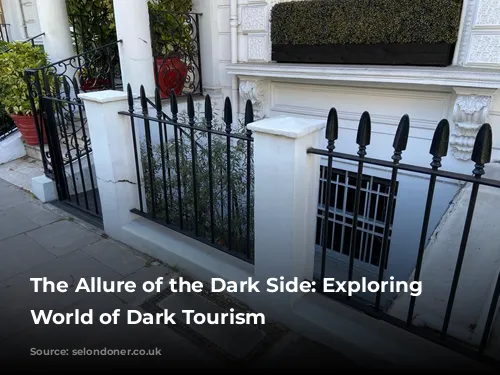
A World of Darkness: Exploring Taboo Destinations
David Robinson, a 58-year-old IT director, is a self-proclaimed dark tourist. Unlike many who seek out sunny beaches or luxurious cruises, David finds himself drawn to places that are often considered taboo, extreme, or even distasteful. He has traveled the world, visiting sites like the Killing Fields in Cambodia, Auschwitz concentration camp, and the military base where Romanian dictator Nicolae Ceaușescu was executed.
While David’s travels take him across the globe, you don’t have to go far from home to find dark tourism. London, a city with a rich and complex history, is full of dark corners that attract tourists from around the world. From the flat where Jimi Hendrix died to the site of the Balcombe Street siege, these seemingly inconspicuous locations hold a different kind of significance for those fascinated by the dark side of history.
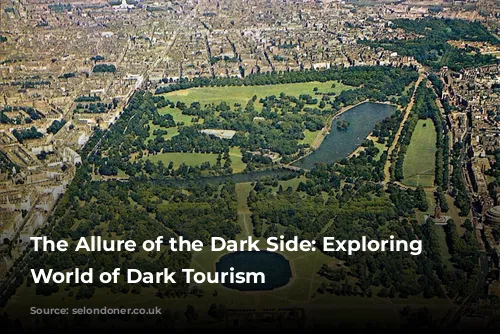
Beyond the Obvious: Dark Tourism in Everyday Life
Many of London’s most famous tourist attractions are inherently dark. The Tower of London, with its history of imprisonment and executions, is a prime example. Jack the Ripper Walks, focusing on England’s most notorious serial killer, and the London Dungeon, which recreates gruesome historical events for entertainment, also fall under the umbrella of dark tourism.
But the phenomenon of dark tourism goes deeper than just visiting historical sites. It’s a complex topic that explores the fabrication of the world we live in and the human psyche.
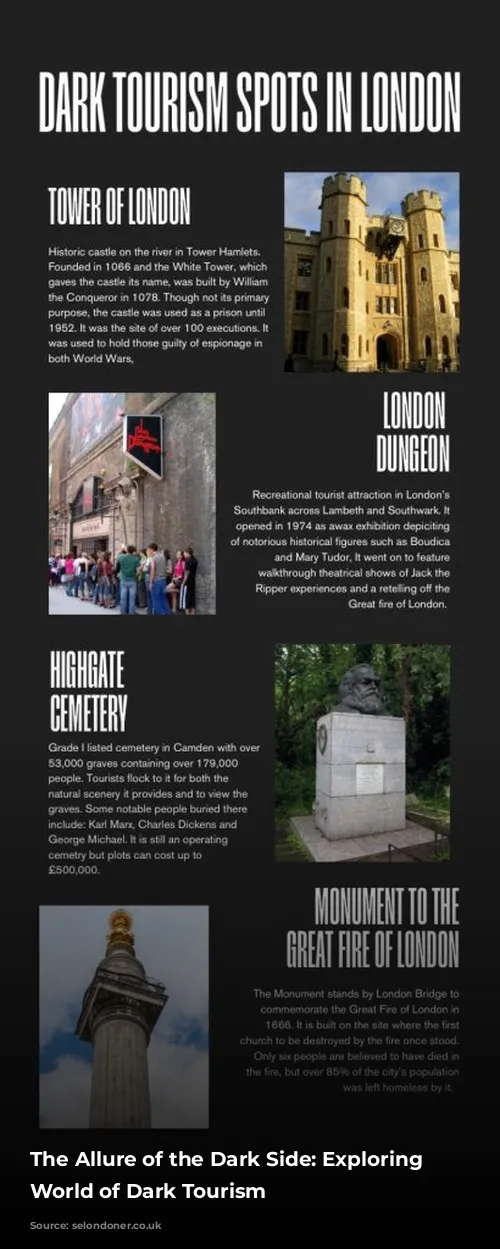
The Dark Tourist: Understanding the Attraction
Professor James Treadwell, a criminology professor and co-author of “50 Dark Destinations: Crime and Contemporary Tourism,” defines dark tourism as “travel to, and engagement with settings that have a history of violence, death, disaster and atrocity.”
People are drawn to dark tourism for different reasons. For David, it’s his love of 20th-century history. He describes standing in the room where Ceaușescu was executed, feeling a connection to the past. He acknowledges, however, that his fascination with these places also stems from a curiosity about the darker aspects of human nature.
But David isn’t alone. True crime podcasts and TV shows about murder and crime are hugely popular, suggesting a widespread fascination with the dark and morbid.

The Dark Side of Dark Tourism: Sensationalization and Disrespect
The danger of dark tourism is the potential for sensationalization, glorification, and even sanitization of atrocities. Stories of people taking selfies and posing disrespectfully at sites like Auschwitz highlight this concern.
David himself has witnessed this firsthand, encountering groups of people pretending to be hanged at historical gallows in the Czech Republic. Youtuber Logan Paul sparked outrage when he filmed a video in Aokighara, Japan, known as the “suicide forest,” which included a recently deceased person.
Professor Treadwell acknowledges this tendency, emphasizing the need for honesty and awareness when engaging with dark tourism.

The Dark Tourist Within Us All: A Bleak Reality
While we may not consciously realize it, many aspects of our popular culture and entertainment are rooted in darkness. Reality shows like “Survivor” and “Banged Up” exploit bleak and dark situations for entertainment. Even seemingly harmless activities, like visiting bars where people dress up as prisoners, tap into our fascination with the morbid.
It’s important to recognize that the dark side of human nature is woven into the fabric of our everyday lives. London, a city built on the shadow of the British Empire, is steeped in a history of oppression, atrocity, and slavery.

The Dark Tourist in Everyday Life: A Shadow We Can’t Escape
Professor Treadwell suggests that most places we visit in London are likely haunted by the vestiges of our nation’s dark past. Even seemingly innocent objects, like antique chairs in restaurants or paintings in museums, can be linked to darker historical realities.
He argues that consumerism has transformed mundane activities into passive forms of dark tourism. The Monopoly Lifesize attraction, while seeming fun and harmless, is ultimately based on capitalism and greed, themes with a dark undercurrent.
Even something as seemingly innocuous as Lego, with its plastic components and global production, can be seen as a product of dark tourism when we consider its environmental impact, working conditions, and labor practices.
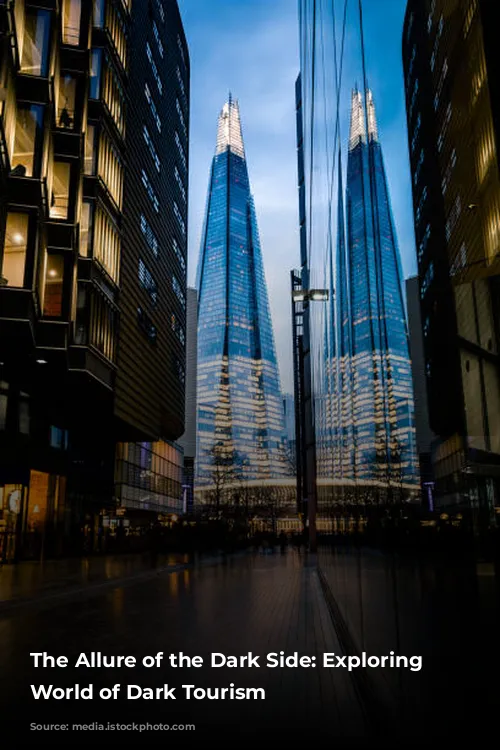
The Dark Tourist: A Call for Reflection
While we may not always recognize it, dark tourism is everywhere. Professor Treadwell urges us to be conscious of the darker aspects of our world, from the historical to the contemporary.
By recognizing and engaging with dark tourism, we can gain a deeper understanding of ourselves and the world we live in. It’s a reminder that the darkness is always present, even if it’s not always visible. And it’s a call for reflection on how we interact with and consume the world around us.
